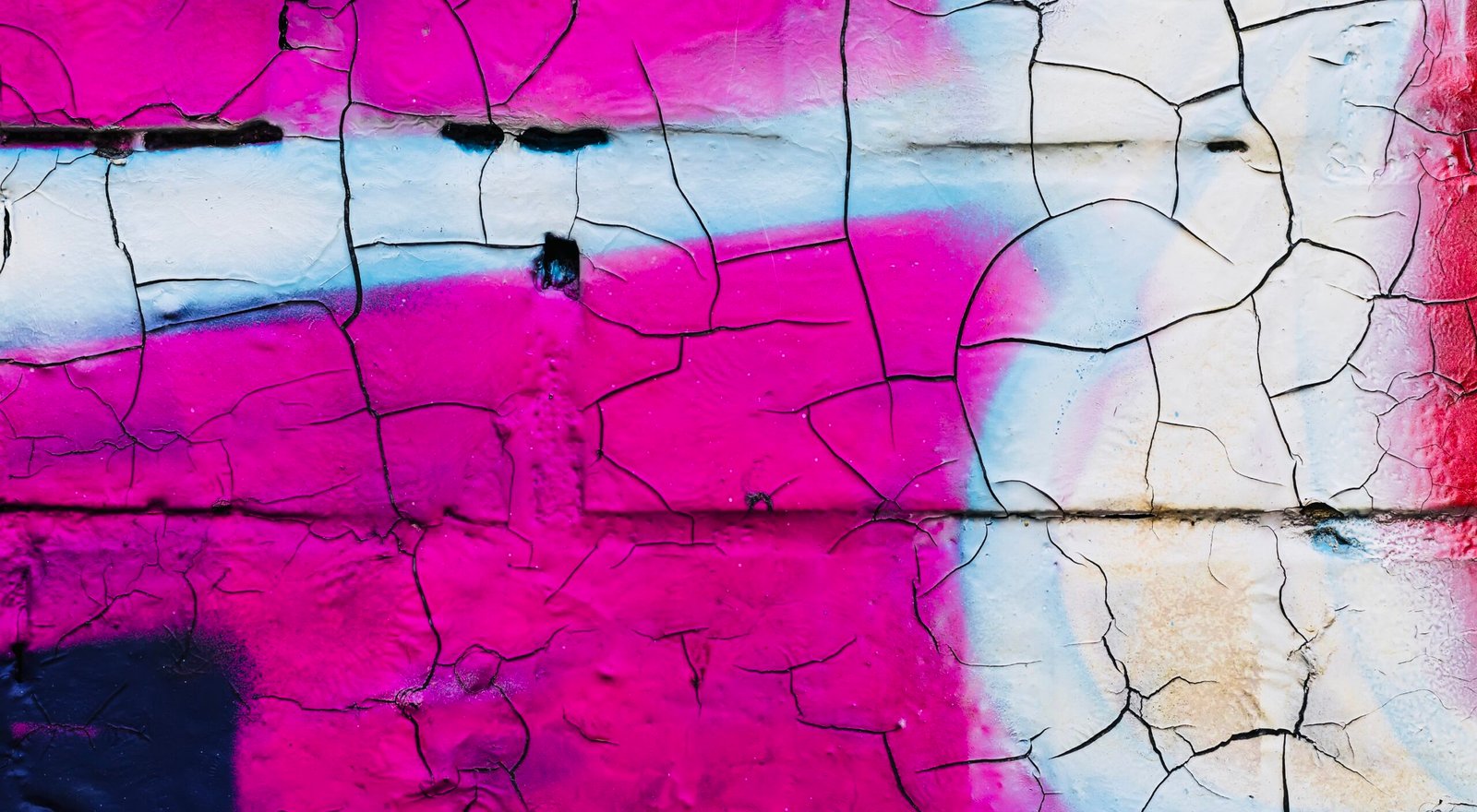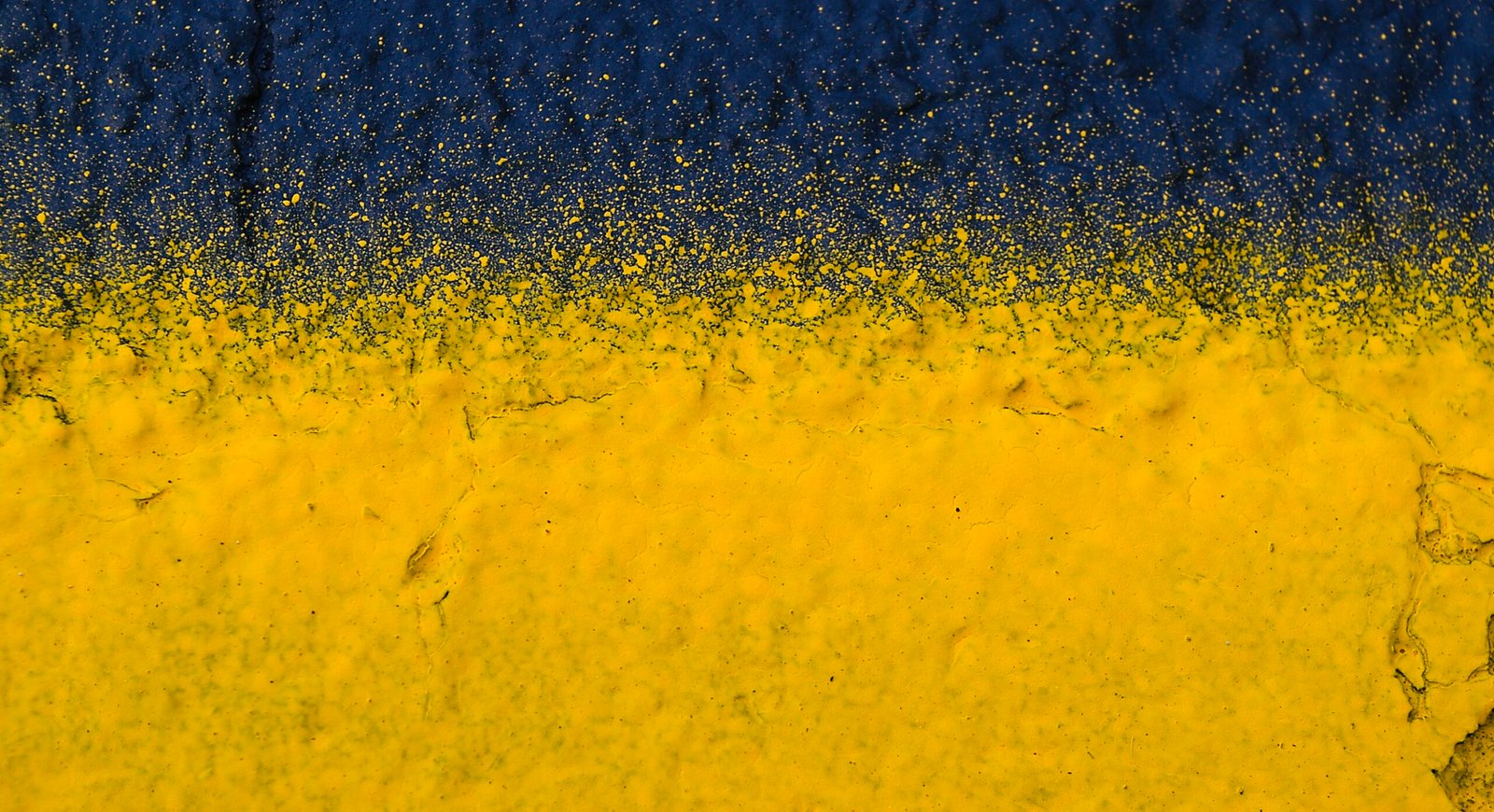Decoding the Mystery of Cracking in Spray Paint: A Comprehensive Investigation
Experiencing cracking in spray paint can be disheartening, especially when you’ve put effort into a project. You may think, Why Is My Spray Paint Cracking? Understanding the reasons behind this issue is critical to resolving it and achieving a flawless finish.

In this in-depth guide, we’ll briefly explain why spray paint may crack, exploring surface preparation, color and primer selection, application techniques, and easy-going methods to help you unravel the cracking mystery and achieve professional-looking results.
Why Is My Spray Paint Cracking: Understanding the Basics
Surface Preparation
The foundation of any successful spray paint project lies in thorough surface preparation. Inadequate cleaning, residue, or uneven surfaces can contribute to cracking. Clean the surface to remove dirt, grease, and old paint. Sanding is crucial to create a smooth, uniform texture, promoting better adhesion and reducing the risk of cracking.
Moisture and Temperature Considerations
Environmental factors play a significant role in paint adhesion. Excess moisture, humidity, or extreme temperatures during application can lead to cracking. Choose a day with moderate weather conditions, avoid painting in direct sunlight, and ensure the surface is dry before proceeding. Proper climate control provides an optimal environment for paint to adhere and cure effectively.
Choosing the Right Paint and Primer
Once you know the perfect paint and thinner for your painting journey, you may know Why Is My Spray Paint Cracking?
Let’s know :
Primer Selection
The choice of primer is fundamental to preventing cracking. Ensure the primer is compatible with the surface material and spray paint. Consider using a primer specifically designed for the project, such as metal primer for metal surfaces or plastic primer for plastic items. The suitable primer creates a secure foundation for the paint to bond, reducing the risk of cracking.
Spray Paint Selection
Not all spray paints are created equal, and using an incompatible paint can result in cracking. Choose long does spray paint formulated for your project’s specific material and purpose. Different surfaces require different formulations, so read labels carefully. Consider factors like gloss, satin, or matte finishes based on your desired aesthetic.
Mastering the Application Process
Even Coating Techniques
Achieving an even coating is crucial to preventing cracking. Uneven application, such as heavy spraying in one area or inconsistent strokes, can lead to rough drying and increased stress on the paint film. Maintain a consistent distance from the surface, use overlapping strokes, and apply thin, even coats to promote uniform drying.
Layering for Durability
Gradually building up paint layers is an essential strategy for preventing cracking. Thin coats dry more evenly and flexibly than thick layers, reducing the likelihood of stress-induced cracking. Allow each layer to fully dry before applying the next. This patient layering process enhances the durability of the paint.
Additional Tips for Success:
Weather and Ventilation Considerations
Environmental conditions during and after application significantly impact drying and curing. Choose a well-ventilated area to disperse fumes and ensure proper drying. Avoid extreme weather conditions, as rapid or prolonged drying times can contribute to cracking. Optimal climate conditions promote a smooth finish.
Post-Painting Inspection
After the paint has dried, inspect for any signs of cracking or imperfections. Address any issues promptly by lightly sanding affected areas and applying touch-up paint. A vigilant post-painting examination helps catch and correct potential problems before they become more significant.
Some Common Challenges
Addressing Paint Drying Too Quickly
Rapid drying, often due to high temperatures or direct sunlight, can lead to cracking. If the paint dries too quickly, lightly sand the affected areas, creating a smoother surface. Adjust your painting environment or timing to allow for more controlled drying.
Dealing with Inadequate Surface Preparation
Cracking can result from inadequate surface preparation, such as insufficient cleaning or uneven sanding. If cracking occurs, assess the surface, sand it to create a smoother texture, and reapply primer and paint. Proper preparation ensures a strong foundation for the color.
Exploring Advanced Techniques for Flawless Finishes
Clear Sealants for Added Protection
Consider applying a clear sealant over the dried paint to protect against environmental factors. Clear sealants create a barrier that shields the paint from moisture, UV rays, and other potential stressors. This extra layer enhances the longevity of the color and reduces the risk of cracking over time.
Fine-Tuning Paint Ratios
Experimenting with paint-thinning ratios can be an advanced technique to prevent cracking. Some paints may benefit from slight thinning with the appropriate solvent. Follow the paint manufacturer’s recommendations for thinning ratios to achieve an optimal consistency that promotes smooth application and drying.

Understanding the Science of Paint Compatibility
Choosing Compatible Paints for Different Materials
Different materials require different types of paint. Ensure that the color you choose is compatible with the surface material to prevent issues like cracking. Read product labels carefully, and choose colors formulated for the specific material you are working with, whether it’s wood, metal, plastic, or other surfaces. Using a suitable paint formulation contributes to proper adhesion and flexibility, reducing the risk of cracking.
Customizing Paint Formulations for Flexibility
Some projects may benefit from adjusting the flexibility of the paint. Additives or formulations designed for increased flexibility can benefit surfaces that experience movement or expansion, such as doors or furniture. Tailoring the paint’s characteristics to the project’s demands can help prevent cracking.
Long-Term Maintenance Strategies for Painted Surfaces
Regular Inspections and Touch-Ups
Use a routine of regular inspections for painted surfaces. Check for any signs of cracking, peeling, or wear. Promptly address minor issues by lightly sanding affected areas and applying touch-up paint. This proactive approach prevents minor problems from escalating to more significant challenges.
Protective Measures Against Abrasion
Consider the potential for abrasion in high-traffic areas or on frequently touched surfaces. Applying a clear protective coating, such as a varnish or clear sealant, adds an extra layer of defense against wear and tear. Protective measures are particularly relevant for painted surfaces that endure daily use.
Showcasing Your Expertise in Spray Painting
Photography for Documentation
Document your spray paint projects through photography. High-quality images serve as a visual record of your work, allowing you to assess your techniques and share your expertise. Capture different angles, lighting conditions, and close-ups to showcase the details and finish of your spray paint projects.
Sharing Tips
Share your spray paint experiences and knowledge with others in your community or online platforms. Providing tips, troubleshooting insights, and lessons learned can help fellow enthusiasts achieve better results. Engaging in discussions fosters a community of learning and improvement among spray paint enthusiasts.
FAQ
- Can using old or expired paint contribute to cracking?
Yes, using old or expired paint can lead to cracking. Over time, paint formulations may break down, affecting adhesion and flexibility. Always check the expiration date on paint cans and avoid using outdated products for optimal results.
- Is there a specific technique to prevent cracking on curved surfaces?
When painting curved surfaces, use a steady and controlled spraying technique. Apply thin, even coats, and ensure each layer is dehydrated before adding the next. Flexibility in paint formulations or adding flex additives can also enhance performance on curved or flexible surfaces.
- Can excessive heat during the drying process cause cracking?
Yes, excessive heat during the drying process can contribute to cracking. Rapid drying may lead to stress on the paint film. Choose days with moderate temperatures for painting and avoid direct sunlight or high heat, allowing the paint to dry more gradually.
- Why does cracking occur even after proper surface preparation?
Despite proper surface preparation, cracking may still occur if there is an incompatibility between the primer and paint or if the surface experiences extreme temperature fluctuations. Adjusting the paint formulation or choosing a primer and paint specifically designed for compatibility can help prevent cracking.
- Can humidity levels affect the drying and curing of spray paint?
Yes, high humidity levels can impact spray paint’s drying and curing process. Excessive humidity slows down the evaporation of solvents in the paint, leading to prolonged drying times and potential issues like cracking. Choose days with moderate humidity for optimal painting conditions.
Wrapping Up
Unraveling the mystery of cracking in spray paint involves a comprehensive approach—from meticulous surface preparation to choosing the right products, mastering application techniques and challenges, and applying long-term maintenance strategies. This is the perfect guide to know Why Is My Spray Paint Cracking?
Understanding each step and refining your spray painting skills will elevate your projects to professional levels and help you achieve flawless, crack-free finishes.
Happy painting!

